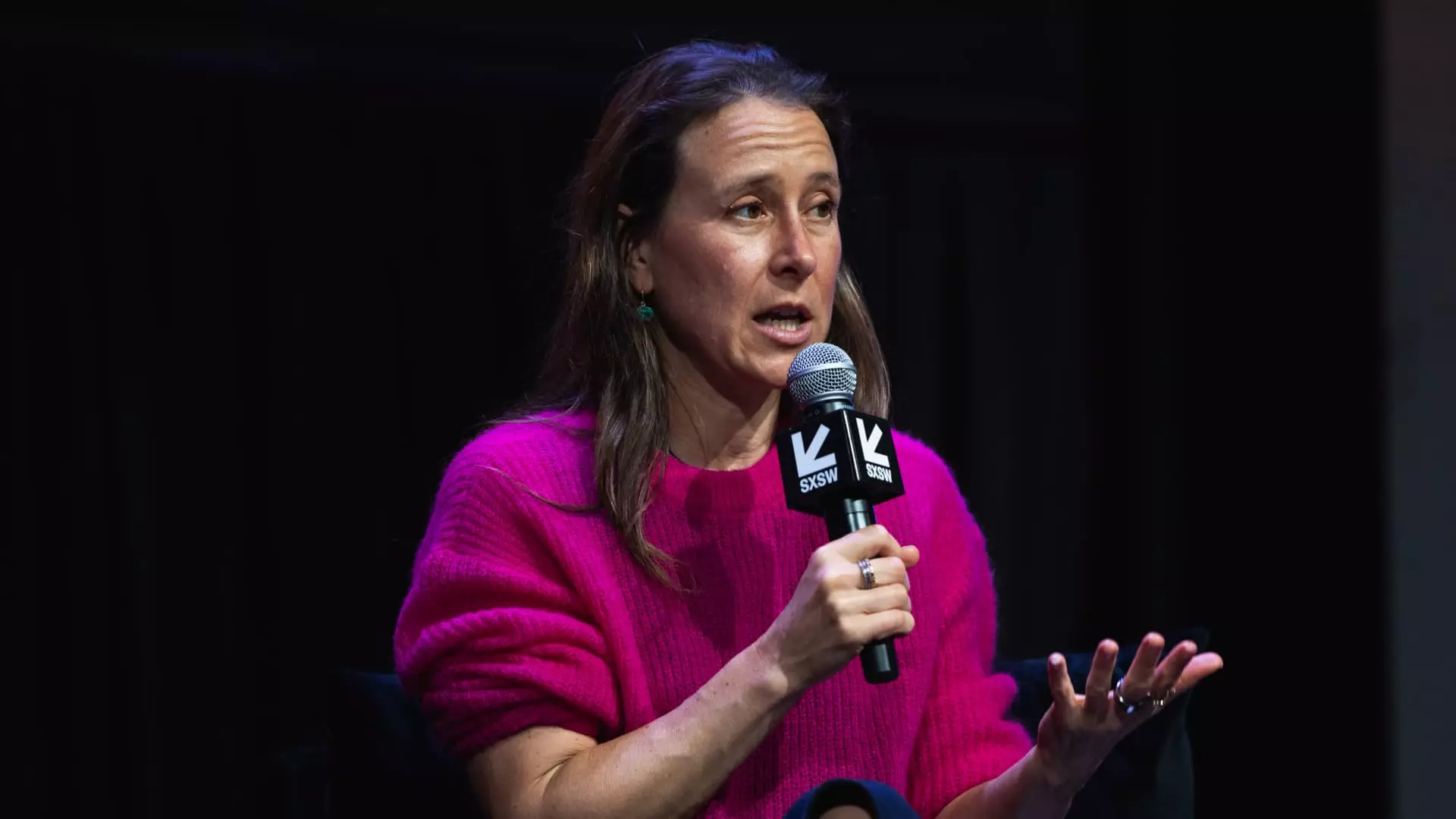The story of 23andMe is a classic example of how innovation can create waves of excitement but can also lead to a tumultuous downfall. Co-founded in 2006 by Anne Wojcicki, the company became synonymous with DNA testing, allowing individuals to unravel the complexities of their ancestry and health through simple swabs. Initially, the buzz surrounding their consumer-friendly genetic testing kits helped elevate 23andMe to a staggering valuation of $6 billion. As more people sought to understand their genetic makeup, the market for personal genomics flourished, making 23andMe a pioneer in a field once thought exclusive to laboratories and research institutions.
However, as we learn from the latest news surrounding the company’s bankruptcy filing in Missouri federal court, what goes up must come down. Wojcicki’s departure as CEO, although she will retain a role on the board, may signal a critical juncture for a company that once inspired hope but now faces uncertainty.
The Downward Spiral of Revenue and Accountability
Despite the initial success, 23andMe has struggled to maintain its momentum, particularly in an evolving business landscape that demands more than one-time consumer interactions. Stock prices have plunged, showcasing a grim reality for investors and stakeholders. With market capitalization plummeting to a mere $25 million, the company has been unable to generate sustainable revenue streams, which raises questions about governance and strategy at the highest levels.
In her candid social media post following the news of bankruptcy, Wojcicki took an unprecedented step by accepting accountability for the company’s challenges. Such transparency is refreshing yet highlights a critical lesson—leadership must adapt to market fluctuations and consumer needs. As 23andMe now seeks to shed its assets, the failure to transition from a one-time consumer product to a robust, recurring service is painfully evident.
Financial Mismanagement and the Search for Solutions
With estimated assets and liabilities each ranging between $100 million and $500 million, the financial struggles of 23andMe are daunting. The special committee formed by independent directors to explore potential paths forward has made it clear that Wojcicki’s attempts to take the company private were rejected, indicating a loss of confidence in her vision for future growth.
Moreover, the announcement that 23andMe will be soliciting bids through a Chapter 11 restructuring process brings forth a complex set of challenges. The 45-day window for offers not only tests the interest of potential buyers but also places the company at the mercy of external evaluations and market dynamics that may not be favorable.
Many fail to grasp the underlying implications of such a shift; a once pioneering firm is now grappling with issues of viability and sustainability. This struggle can serve as a cautionary tale for other startups that may rush into public offerings without concrete growth strategies.
The Dark Shadow of Privacy Concerns
Adding to 23andMe’s troubles are the issues surrounding data privacy. In October 2023, hackers compromised the information of around 7 million customers, leading to significant fears about the security of sensitive genetic data. As issues of privacy and consumer protection gain traction in public discourse, 23andMe’s legacy now faces scrutiny beyond financial performance.
California Attorney General Rob Bonta’s timely consumer alert encouraging residents to reconsider their association with 23andMe serves as a stark reminder to tech companies that negligence towards data security can lead to devastating repercussions. Wojcicki has committed to safeguarding consumer data during the asset sale, but whether this will alleviate public concern remains to be seen. In a digital age where trust is at a premium, this shadow could linger, making future growth increasingly difficult.
A Flicker of Hope? A Vision for the Future
Despite the dire circumstances, Wojcicki’s unwavering belief in the company’s potential cannot be ignored. Her determination to remain involved as an independent bidder for the company may indicate she is willing to align her vision with the realities of the marketplace. As she states her commitment to transparency and consumer choice, it raises the possibility that a reimagined 23andMe could emerge from the ashes of its current challenges.
In the end, the fate of 23andMe rests not solely on its financial maneuvers but also on its ability to reconnect with its consumer base and restore trust. Each setback provides an opportunity for reflection and innovation. If anything can be gleaned from Wojcicki’s journey, it is that resilience, coupled with a willingness to embrace change, might just pave the way for a new chapter in the story of this once-prominent company.

